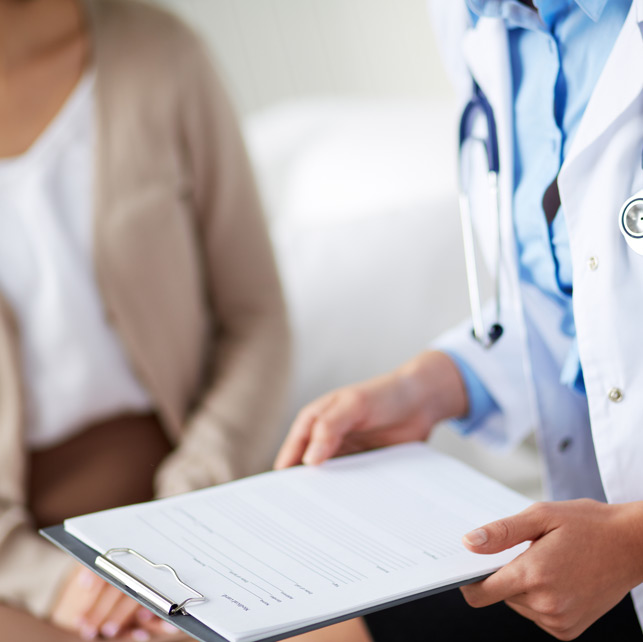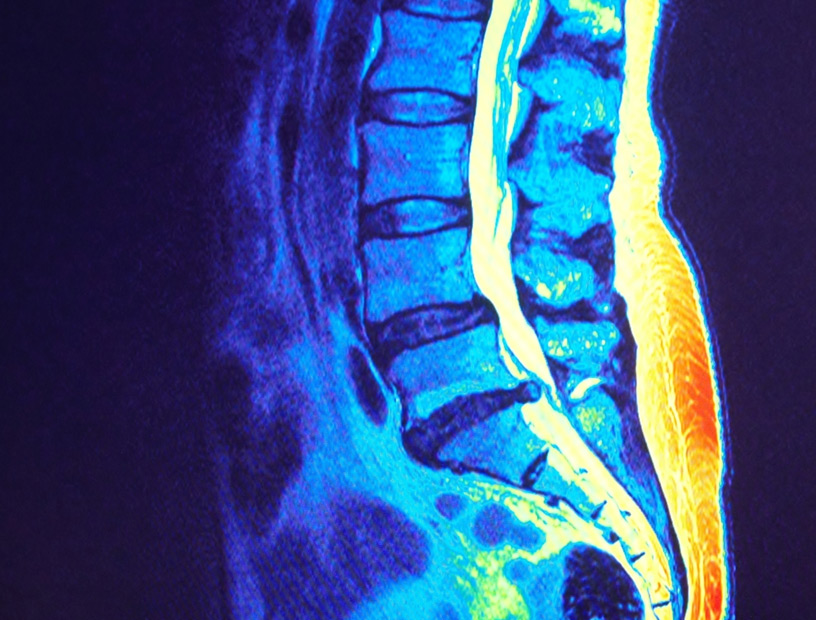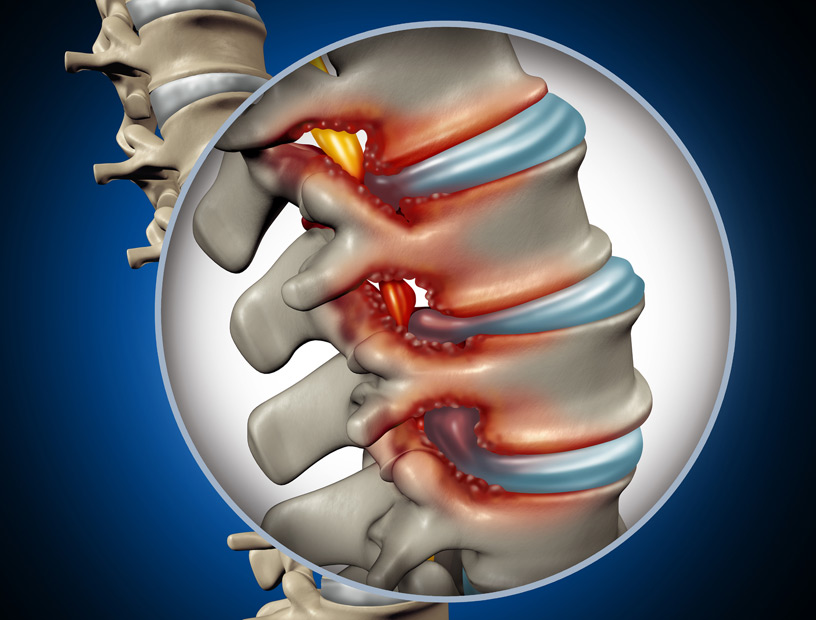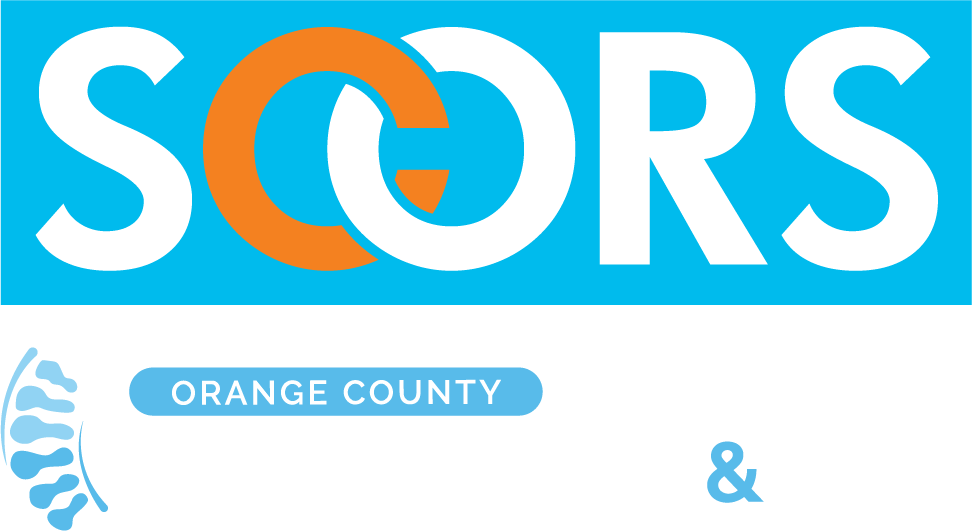
Learn about how the professionals at Orange County Orthopedic Clinic can help relieve spinal stenosis.
Often occurring within the neck and lower back, spinal stenosis is a narrowing of the spinal canal, the area where the spine is located next to adjacent nerves and supporting tissues. Pressure may be placed on nerve roots that carry signals from the spine to the lower back, arms, and legs.
- Some people have the condition with little or no issues
- Others experience symptoms ranging from general muscle weakness and tingling sensations, to problems with bowel and bladder functioning
Causes
Spinal stenosis is usually the result of degenerative changes to the spine due to conditions like osteoarthritis. Some individuals are born with an abnormal spinal canal, although the condition often only requires observation unless symptoms develop. Wear and tear damage affecting bones and joints of the spine may cause bone spurs to form.
Herniated discs may also contribute to spinal stenosis when inner disc material extends outward and presses on nerves. Additional causes of spinal stenosis can include abnormal spinal growths (tumors), thickened ligaments, and spinal injuries.
Symptoms

Symptoms of spinal stenosis are often gradual in appearance, depending on the location of the narrowing of the spinal canal. If the stenosis affects the cervical spine (neck), symptoms may include tingling sensations in the arms or hands. Some people may experience difficulty maintaining balance.
Leg cramps and pain that gets worse while walking or standing for long periods of time may be experienced when stenosis affects the lower back. Lumbar spinal stenosis often affects the sciatic nerve, which can produce discomfort in the hips, thighs, or legs. Pain may be relieved when sitting or lying down and aggravated by certain movements or activities.
Treatments
Diagnosis of spinal stenosis is usually made with image tests that may include X-rays, MRI scans, and a special type of CT scan involving the use of a dye to determine likely causes or contributing factors. Physical therapy is often recommended to strengthen muscles that support the spine to minimize discomfort and improve spinal alignment.
Once it’s determined what type of activities or movements tend to make symptoms worse, modifications can be made to minimize pain. For instance, using an ergonomically designed chair instead of a straight-back chair may provide relief. Anti-inflammatory medications often reduce pain from swelling and soft tissue inflammation. Treatment for spinal stenosis may also include:
- Short-term use of pain medications
- Nerve desensitizing medications
- Epidural injections directly into the affected area
- Water-based exercises to ease pressure on joints

Decompression surgery is sometimes performed on patients not responding well to other treatments, or if symptoms are severe or becoming progressively worse. This may include a laminectomy, removal of the back part of one or more vertebrae to allow more room for nerves.
The risk of experiencing pain from reduced spinal space may be reduced by maintaining a healthy weight, eating a balanced diet, and getting regular exercise. Quitting or avoiding smoking and drinking plenty of water encourages the delivery of essential nutrients to the spine to further minimize the risk of developing disc or joint issues that may contribute to spinal stenosis.
on caring for specific orthopedic needs.

